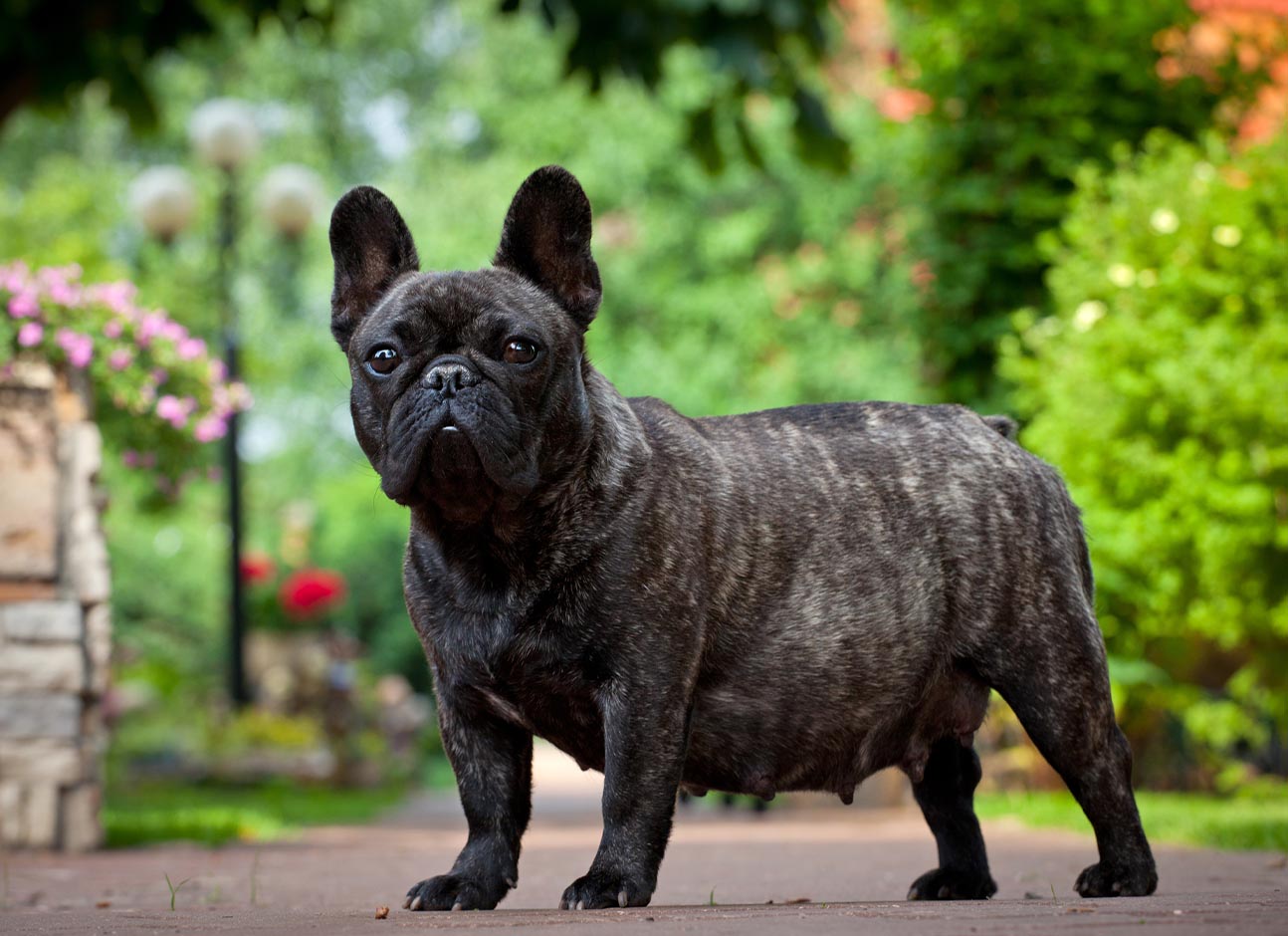If your dog is pregnant and you are preparing for the birth of puppies, it is essential to consult with your veterinarian about due dates and consider having your vet assist with the delivery, especially if it is your first time experiencing an animal giving birth.
To prepare for the birth, gather the following supplies:
Large gauze (several packs)
Sharp, sterilized scissors
Thermometer
A syringe with synthomycin emulsion
A prepared space for newborn puppies (e.g., a box)
Bags and newspapers for collecting waste and afterbirth
Hand sanitizer (e.g., mild potassium permanganate solution)
Scales, a notepad for recording birth times and weights, and materials to mark each puppy (e.g., colored string)
About a week before the birth, set up a designated space for your dog to give birth. Ensure that the space is comfortable and easily accessible. Stay with your dog during this time to avoid accidents and emergencies.
Signs that your dog is preparing to give birth include heavy breathing, aimless wandering, and digging in her designated space. Monitor your dog’s temperature twice daily during the final weeks of pregnancy; a drop to about 36.5 degrees Celsius indicates that labor will likely begin within 24 hours. If labor does not start within 48 hours of the temperature drop, consult your veterinarian.
During the birth, keep the following in mind:
Do not allow the dog to eat the afterbirth, as it can be harmful and cause diarrhea.
Perform any necessary interventions with the newborn puppies only after cutting the umbilical cord.
Stimulate labor by walking the dog every three hours and encouraging her to climb stairs at a fast pace, if needed.
Do not use special tools or stimulating drugs without the permission of a veterinarian, as they can harm the dog and her offspring.
In some cases, a veterinarian’s presence is necessary, such as if the dog loses consciousness, experiences heavy breathing, has inconclusive contractions for more than 2 hours, or shows signs of convulsions.
Stay calm and assist your dog as needed, such as by washing a puppy if the dog cannot do so. After the birth, carefully examine each puppy for abnormalities. While a phone consultation with a veterinarian may be sufficient in some cases, seek the assistance of a qualified specialist if complications arise.
Exercise particular caution with breeds that have anatomical skeletal features, such as pugs, dachshunds, and French bulldogs.
